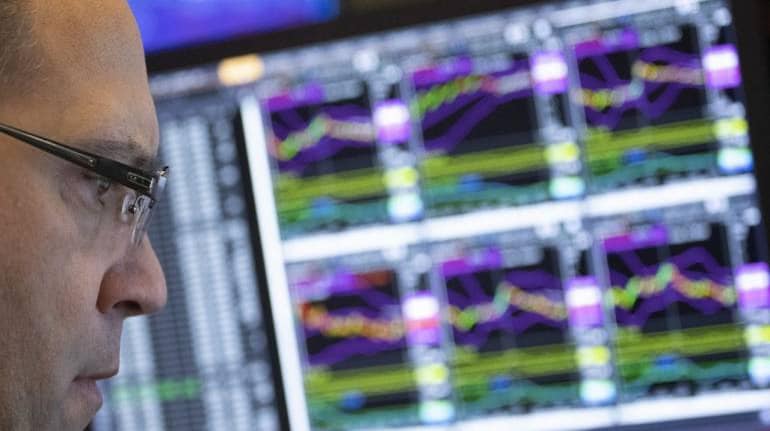



This month, AXS Investments introduced eight of 18 approved single-stock leveraged ETFs. The objective of the launch is to expose more investors to single-stock short-term investments, reported CNBC.
“They’re designed for active traders, traders that are looking to make tactical trading decisions on a daily basis,” the firm’s CEO, Greg Bassuk, told CNBC’s ‘ETF Edge’ on July 25. “As this market has matured for leveraged ETFs … we’re excited to bring single-stock ETF access to the US market."
Hence, there is now a new option for investors to wager on large-cap stocks in a bullish or bearish manner.
Bassuk told CNBC that the new solutions from AXS are based on actively traded shares, which in its initial tranche included market leaders such as Tesla, NVIDIA, PayPal, Nike and Pfizer. Similar funds are already on the market in Europe, he continued.
“It’s [ETF innovation is] always a balance between coming out with better tools for investors, and doing it within regulatory constraints,” Bassuk expounded.
Moneycontrol could not independently verify the news.
SEC’s reservations
Recently released single-stock exchange-traded funds (ETFs) take leveraged or inverse positions on a single stock. These stand out from the majority of ETFs, which typically invest in a large number of stocks like a mutual fund. These single-stock leveraged ETFs are not meant for long-term investment. They replicate an ETF’s daily performance multiplied by a predetermined factor, such as 2x or -2x the performance, for example.
Dave Nadig, a financial futurist at VettaFi, expressed scepticism around single-stock ETFs’ turnover and regulatory worries, issues that are causing concern even at the Securities and Exchange Commission (SEC), according to CNBC. “My concerns are that people don’t read the labels well enough,” he said, explaining how volatility from these funds can “kill” investors’ returns if they are held improperly. “They don’t necessarily understand that you cannot hold these things for a week or two.”
Investors may lose the advantages of diversification as single-stock ETFs do not follow entire indexes, according to the SEC.
“Because levered single-stock ETFs in particular amplify the effect of price movements of the underlying individual stocks, investors holding these funds will experience even greater volatility and risk than investors who hold the underlying stock itself,” CNBC reported the SEC as saying in a statement this month.
Bassuk argues, however, that the new ETFs provide investors another choice that could help them profit from daily movements. Additionally, he thinks the ETFs provide less risk than margin buying.
“Investors that buy on margin could potentially lose more than their initial investment, whereas this single stock ETF, in that regard, we believe, is a better mousetrap in that investors can’t lose more than they’re investing,” Bassuk said.
Since their July 14 listing date, bearish wagers among eight active single-stock leveraged ETFs have decreased. The AXS 1.5X PYPL Bear Daily ETF, down nearly 22 percent, was the biggest loser.
Bullish bets are showing stronger returns. The AXS 1.5X PYPL Bull Daily ETF is up just under 27%, according to CNBC.
Discover the latest Business News, Sensex, and Nifty updates. Obtain Personal Finance insights, tax queries, and expert opinions on Moneycontrol or download the Moneycontrol App to stay updated!
Find the best of Al News in one place, specially curated for you every weekend.
Stay on top of the latest tech trends and biggest startup news.